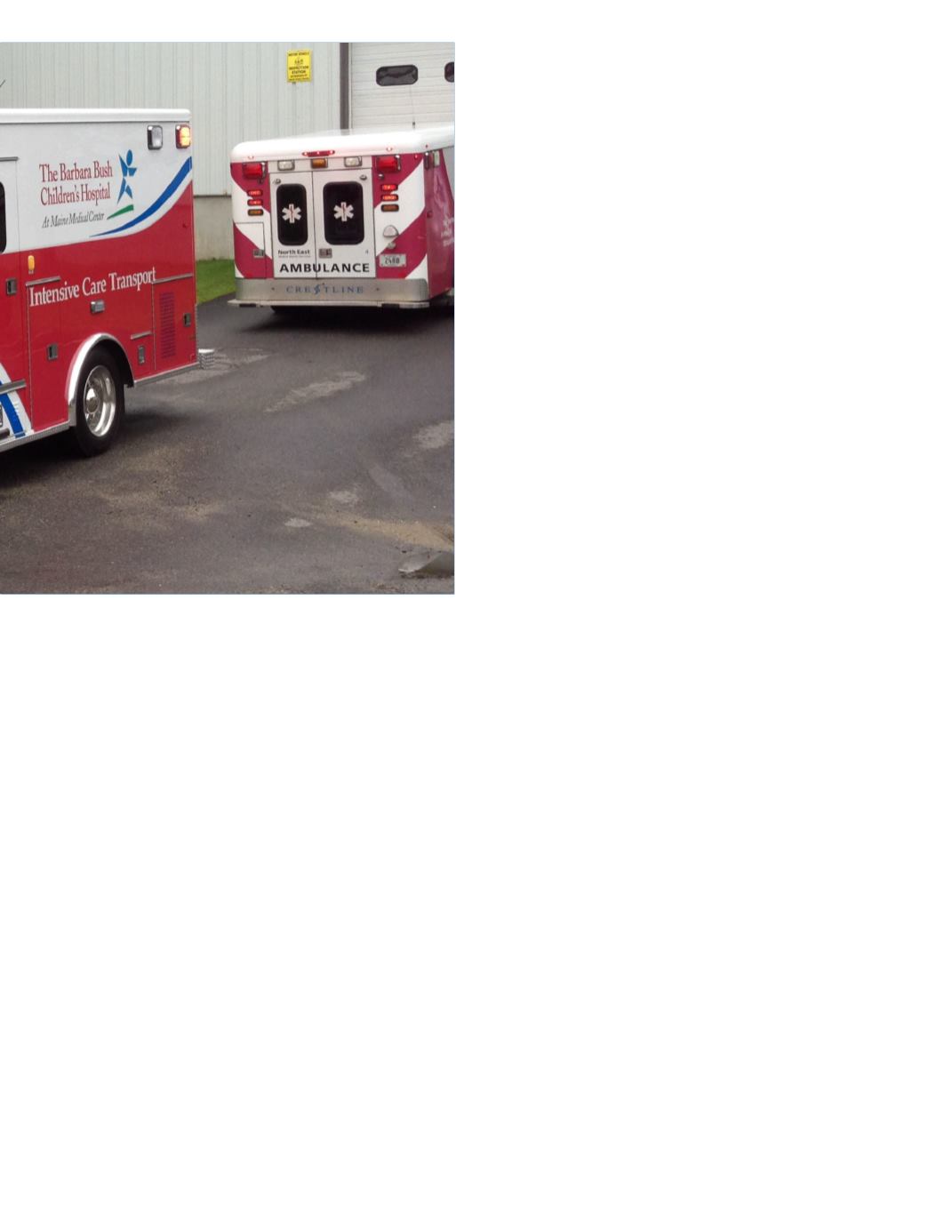
July 2013
| Business World Magazine | 111
public safety broadband network (that is
projected to become the largest such system
after Verizon, AT&T, Sprint and T-Mobile).
He has also served on several public safety
bodiesof theFederalCommunicationsCom-
mission, including the Joint Advisory Com-
mittee on Communications Capabilities of
Emergency Medical and Public Health Care
Facilities and the Communications Secu-
rity, Reliability & Interoperability Council.
A past Chairman of the U.S. Department
of Homeland Security’s SafeCom Program,
McGinnis serves on the governing board of
the National Public Safety Telecommunica-
tions Council. He is also a widely published
authority and national speaker on topics in-
volving public safety/EMS communications,
rural EMS, and air-medical systems. McGin-
nis is also recognized as a leading authority
on a medical services trend known as “Com-
munity Paramedicine,” in fact, he is credited
with coining this term, which expands on
concepts McGinnis covered in authoring the
groundbreaking book Rural/Frontier EMS
Agenda for the Future.
In expounding on community paramedi-
cine, McGinnis explains that when review-
ing the totality of incoming 9-1-1 calls, as
many as 40 percent may involve something
other than a medical emergency. McGin-
nis refers to these situations as “unscheduled
medical service” which can be prompted
from someone who is simply ill, or who has
experienced a non-injury fall, or requires
some type of service which is not necessar-
ily a medical emergency. In such cases, it
may not actually be necessary, nor even ad-
visable, to transport the person to a hospi-
tal emergency room; the caller may simply
require services which can be addressed by
a community paramedic professional who
might ultimately refer the person to services


